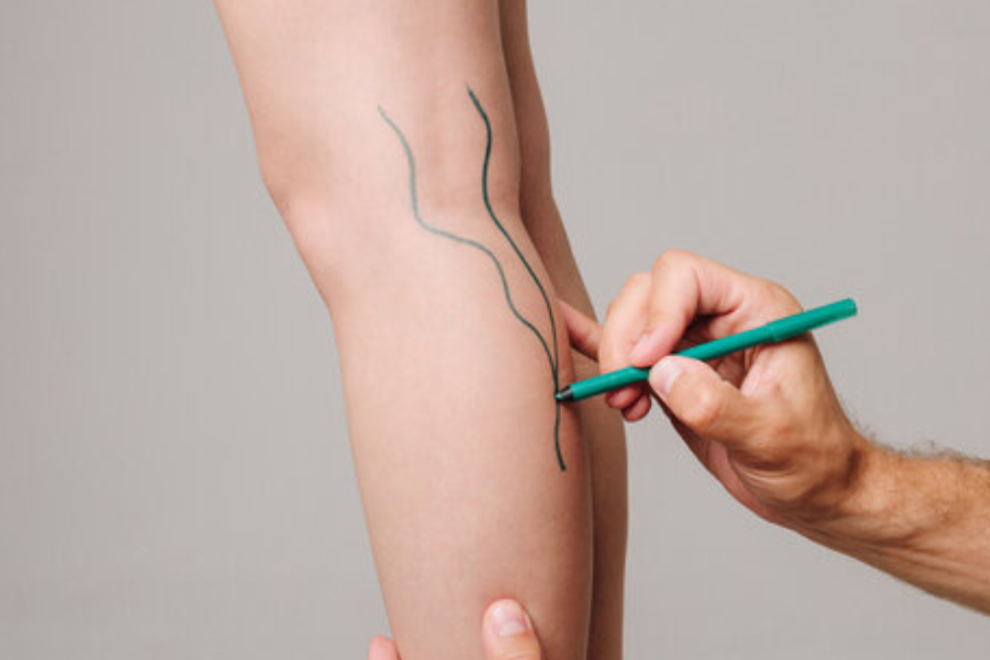Our Hospital sees over 10,000 patients every year.
Deep Vein Thrombosis Surgery in India
Deep Vein Thrombosis Surgery in India
Deep Vein Thrombosis Surgery in India
India offers world-class healthcare facilities and highly competent and experienced specialists. Individuals are getting attracted beyond the medical treatment in India. It provides the best treatment to the patients. It has a strong healthcare infrastructure, and the best facilities are provided to the patients. Several surgery treatments are treated, including organ transplants, Cancer Treatment, Heart treatment, orthopaedics, spine, and brain surgery. These treatments are treated with the successful results. Medical facilities are also given to travellers, if an individual has come from another country, he/she will need medical treatment, so they can also get it. So, in this content, you will learn about deep vein thrombosis surgery in India. It is a serious condition.
Individuals are undergoing Deep Vein Thrombosis Surgery in India. When a blood clot forms in a vein deep in the body, it is a life-threatening disease. Our Indian specialists will use highly advanced machinery and technology. They prevent the clot from growing, breaking loose, or travelling to the lungs. This treatment is based on surgical treatment. So, this content will give more information about it. Read it carefully.
Individuals are undergoing Deep Vein Thrombosis Surgery in India. When a blood clot forms in a vein deep in the body, it is a life-threatening disease. Our Indian specialists will use highly advanced machinery and technology. They prevent the clot from growing, breaking loose, or travelling to the lungs. This treatment is based on surgical treatment. So, this content will give more information about it. Read it carefully.


Free Doctor Opinion
Please feel welcome to contact our friendly case manager with any or medical enquiry call us.
Read Also :-
- Cryopreservation Treatment in India: Affordable Fertility and Medical Solutions
- Chin and Cheek Augmentation in India: Enhance Your Facial Profile
- CSF Shunt Procedures in India: Effective Treatment for Hydrocephalus
- Cholecystectomy (Gall Bladder Removal) in India: Safe & Affordable Surgery
- Carotid Endarterectomy in India: Advanced Stroke Prevention Surgery
- Cholesterol Embolism Surgery in India: Expert Care for Vascular Health
Committed To Build Positive, Safe, Patient Focused Care.
Today the hospital is recognised as a renowned institution, not only providing outstanding care and treatment, our goal is to deliver quality care in a respectful and strive to be the first and best choice for healthcare.
High Quality
Care
Home Review
Medicine
All Advanced
Equipment
Book An Appointment
Please feel welcome to contact our friendly reception staff with any general or medical enquiry. Our doctors will receive or return any urgent calls.

At We Care India, we offer complete medical services for your entire family, from routine check-ups to injury care, ensuring personalized attention and expert assistance for all your health needs.
Our Hospital
Book An Appointment
Please feel welcome to contact our friendly reception staff with any general or medical enquiry. Our doctors will receive or return any urgent calls.
© Copyright 2006 - 2025. We Care Health Services. All rights reserved.


